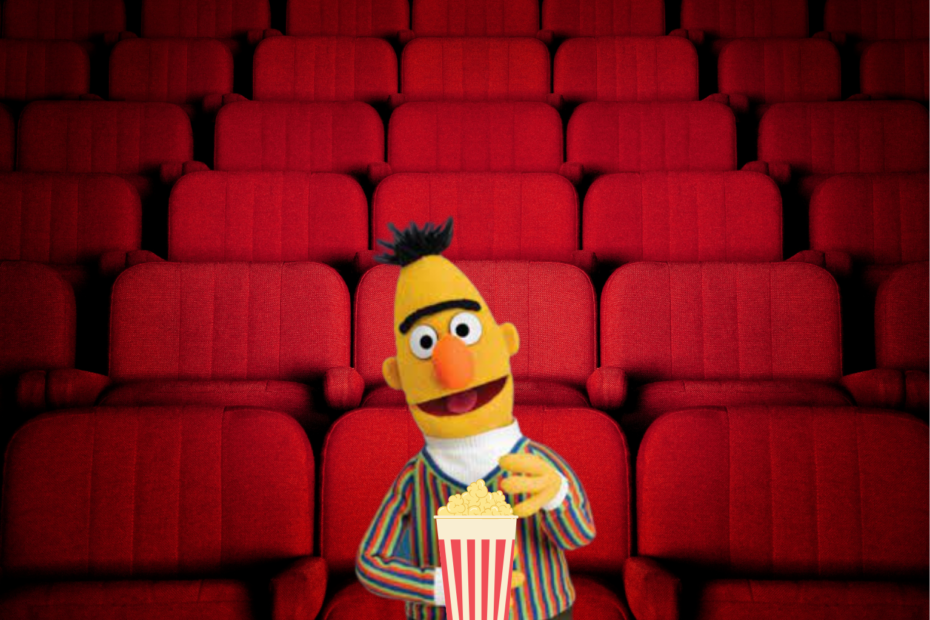Named Entity Recognition is a use case within Natural Language Processing where a model learns to label certain words that belong to a particular group.
What is Named Entity Recognition?
When we humans try to understand a sentence, we quickly recognize individual words that belong to a particular class, such as a location, a time, or words that identify a person. Named Entity Recognition refers to just such models that label specific words in a sentence or paragraph and assign them to the correct class.

This information is indispensable to understanding the sentence’s content correctly and should be recognized correctly. The classification of words and sentence components is found in different stages.
What are the Challenges of NER?
The problem with Natural Language Processing is that we have all been fluent in a natural language since early childhood and understand it without thinking. This makes it all the more difficult to formulate how we recognize entities in a text. For the model, this involves overcoming some challenges that seem self-evident to us:
- Recognizing Variants: Names, place names or company names can appear in different variants. A person can be addressed either with the full name or only with the last name. The model must recognize that both times possibly the same person is meant. The same applies to the designations “New York”, “NYC” and “New York City”, which all name the same major American city.
- Normalization: Time or money references can appear in different formats and still mean the same thing. A NER model must also learn these differences, for example, to understand that “€10.000” and “€10,000” mean the same thing, and only in English is the comma used to separate thousands.
- Delimitation of Entities: Finally, the delimitations between entities must also be recognized. It can happen that an entity consists of only one word, while another entity has four words in most cases.
What Levels are used for Named Entity Recognition?
If we want to train a Named Entity Recognition we need enough training data to feed the model. To get this automatically and not have to classify the entities by hand, we can use the following steps:
- Recognition of Nouns: Our Named Entities must be nouns, so we filter the given text so that only the nouns remain. There are already trained models for this in many languages, for example for part-of-speech tagging.
- Classification of Words: After we have filtered the nouns, we can classify them into the classes we want. For this, various free databases can be used to automate this step as much as possible. For example, we can query the Google Maps database via API to classify location information.
How does NER work?
In the Python modules Spacy and NLTK, you can easily load trained Named Entity Recognition models, which already work well for the standard languages. However, you may also need to train your own NER model in order to tune it better for your own use case.
Before we can start with the actual training, we need a training dataset with enough examples of texts and the entities to be found within the text. If you want to train the model on special cases, there is often no way around creating the dataset itself and naming the words or phrases by hand.
Subsequently, a so-called Conditional Random Field (CRF) can be trained for Named Entity Recognition. It is a statistical model that is particularly well suited for the recognition of schemas and also includes context information in the prediction.
Explained in simple terms, the Conditional Random Field trains logistic regressions for single sequences. The following values are used as input variables:
- Set of input vectors
- Position of the word to be currently predicted
- Label of the previous word
- Label of the current word
This can then be used to learn, for example, that verbs often follow nouns and to learn conclusions about the possible label.
How to evaluate the quality of Named Entity Recognition?
There are several ways to evaluate named entity recognition (NER) models, including:
- Precision, Recall, and F1 Score: These are commonly used metrics for evaluating NER models. Precision measures the percentage of named entities that were correctly identified by the model, Recall measures the percentage of named entities that the model was able to identify out of all the actual named entities, and F1-Score is the harmonic mean of Precision and Recall.
- Accuracy: Accuracy is another metric used to evaluate NER models. It measures the percentage of named entities that were correctly identified by the model.
- Confusion Matrix: A confusion matrix is a table that compares the actually named entities with the entities predicted by the model. It can be used to calculate various evaluation metrics such as precision, recognition, accuracy, and F1 score.
- Cross-validation: Cross-validation is a technique used to evaluate the performance of NER models. It involves splitting the dataset into multiple folds, training the model on a subset of the folds, and evaluating it on the remaining fold. This process is repeated several times to obtain a more accurate evaluation of the model’s performance.

- Error Analysis: Error analysis involves manually examining the errors made by the model and identifying the patterns or common errors. This can help to identify the weaknesses of the model and improve it.
It is important to note that different evaluation measures may be more appropriate depending on the use case and requirements of the NER model.
What do you use NER for?
Named Entity Recognition (NER) has numerous applications in various fields such as natural language processing, information retrieval, and text mining. One of the most common applications of NER is in the field of information extraction. This is because NER can be used to identify and extract entities of interest from large volumes of unstructured text data.
In the healthcare industry, NER can be used to extract medical entities such as disease names, symptoms, and treatments from electronic health records (EHRs). This can aid in the detection of medical conditions, as well as in the analysis of medical data for research purposes.
In the finance industry, NER can be used to identify and extract financial entities such as company names, stock symbols, and financial indicators from news articles and other financial documents. This can aid in stock market analysis and financial forecasting.
In the legal industry, NER can be used to extract legal entities such as case names, legal citations, and judge names from legal documents. This can aid in legal research and document classification.
In the field of social media analysis, NER can be used to extract named entities such as people, places, and organizations from social media posts. This can aid in sentiment analysis and social network analysis.
Overall, NER has numerous practical applications and can be used to extract valuable information from large volumes of unstructured text data.
Which tools and libraries can be used for Named Entity Recognition?
There are many tools and libraries available for Named Entity Recognition (NER). Here are some popular ones:
- spaCy: A Python library for advanced natural language processing. spaCy includes built-in NER.
- NLTK: A popular Python library for natural language processing, including a Named Entity Recognizer.
- Stanford Named Entity Recognizer: A Java-based NER tool that identifies and categorizes named entities in text.
- OpenNLP: An Apache library that includes tools for natural language processing, including named entity recognition.
- GATE: A Java-based general architecture for text engineering that includes a named entity recognizer.
- LingPipe: a Java-based natural language processing tool that includes a named entity recognizer.
- IBM Watson Natural Language Understanding: A cloud-based service that includes named entity recognition among other natural language processing capabilities.
- Google Cloud Natural Language API: A cloud-based service that includes named entity recognition among other natural language processing functions.
These tools and libraries use various algorithms and techniques for named entity recognition, such as rule-based methods, statistical models, and Machine Learning.
This is what you should take with you
- Named Entity Recognition models learn to assign single words or sequences to a group.
- For this purpose, so-called Conditional Random Fields are trained, which perform the classification depending on the sequence.
- A good NER model is characterized by the recognition of variants and the good delimitation of entities.
What are Microservices?
Build scalable and modular applications with microservices. Enable flexible, independent services for efficient development and deployment.
Sentiment Analysis with BERT and TensorFlow
Using BERT Embedding for text classification of IMDb movie ratings.
Convolutional Neural Network in TensorFlow with CIFAR10 images
Create a Convolutional Neural Network in Python with Tensorflow.
Web Scraping with Python – in 5 minutes to a working Web Scraper!
Web scraping using Python and the Beautiful Soup library as an example.
Other Articles on the Topic of Named Entity Recognition
- You can find more information about Named Entity Recognition and how to implement it in Keras here.

Niklas Lang
I have been working as a machine learning engineer and software developer since 2020 and am passionate about the world of data, algorithms and software development. In addition to my work in the field, I teach at several German universities, including the IU International University of Applied Sciences and the Baden-Württemberg Cooperative State University, in the fields of data science, mathematics and business analytics.
My goal is to present complex topics such as statistics and machine learning in a way that makes them not only understandable, but also exciting and tangible. I combine practical experience from industry with sound theoretical foundations to prepare my students in the best possible way for the challenges of the data world.



